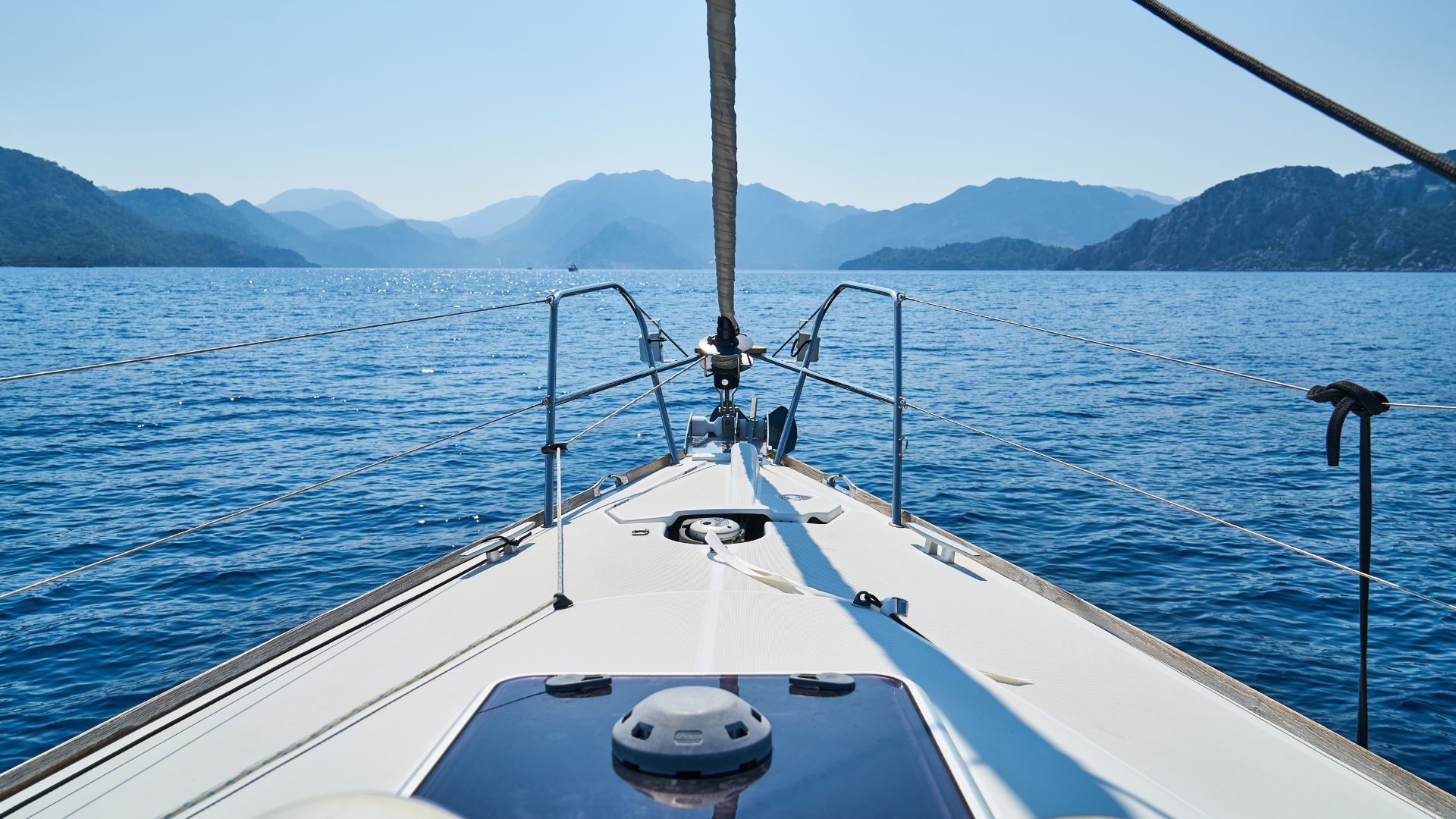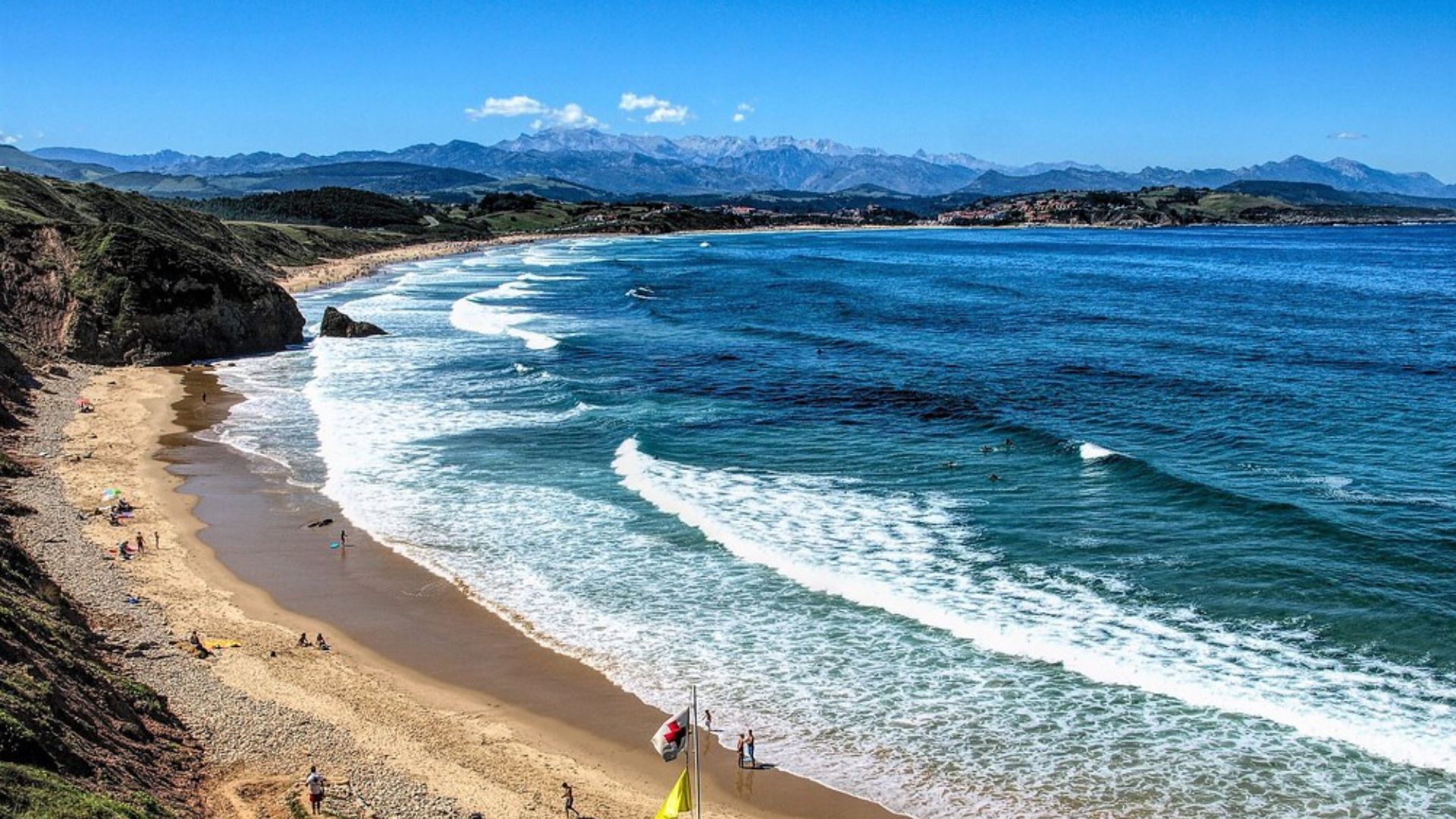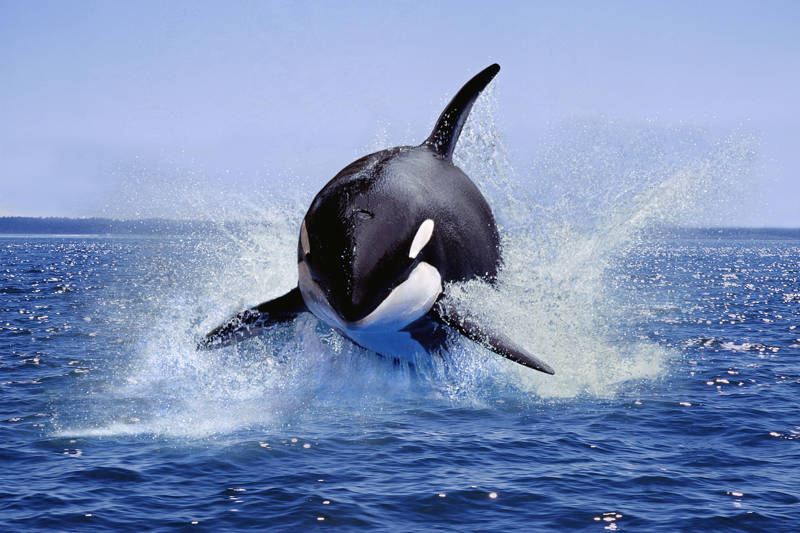
Scapa Flow and the sinking of a fleet
Scapa Flow, the majestic sea inlet anchored in the Orkney Islands, is not only a breathtaking landscape, but also a silent witness to 20th century naval history and where it holds secrets that are now being unearthed by intrepid underwater explorers and archaeologists.
What is Scapa Flow?
It is an extensive marine inlet located in the Orkney Islands, in the north of Scotland. Its historical importance lies in being one of the largest and safest natural harbors in the world. During the First World War, Scapa Flow served as the main base for the British Royal Navy, being a key strategic point for the control of the North Atlantic.
One of the most notable events associated with Scapa Flow occurred after the Great War, in 1919.
The sinking of a fleet
On June 21, 1919, German Admiral Ludwig von Reuter ordered the ships to be sunk to prevent them from falling into British hands. This act led to the spectacular sinking of a large part of the German fleet at Scapa Flow, the largest naval loss in history in a single day.
But... What really happened at Scapa Flow? Everything was triggered by the reading of a delayed newspaper by Reuter (German admiral), while he was walking around his main ship.
One of the events that precipitated this unusual decision was that Reuter received a translation of a headline in the London newspaper The Times, which indicated that the Allies were giving the Germans an ultimatum to conclude the peace agreements. What the German officer did not know at the time was that the ultimatum had been postponed for two days.
He kept repeating to himself that he would not surrender his ships to the enemy.
The disinformation arose because the British were supplying the press several days late. With this information, the rear admiral assumed that on June 21 hostilities could resume and that the enemy would seize his 74 warships.
So, that same day, June 21, a total of 52 warships were left at the bottom of the sea at a depth of between 30 and 45 meters.
"Better honor without ships than ships without honor," exclaimed Reuter.
Archaeological and historical interest
The inlet and its waters have been a site of archaeological and historical interest due to the submerged remains of the German fleet and the rich naval history associated with the area. The discovery and exploration of these remains continue to provide valuable information about those events and life aboard the warships of the time.
Scapa Flow, has given up its centuries-old secrets as new details about the enigma of the sinking of the German fleet after the end of World War I have been revealed.
Through cutting-edge underwater technologies and meticulous deep-sea explorations, experts were able to locate and document the remains of several ships from the German fleet, revealing a fascinating glimpse into submerged history. Among the finds are warships, cruisers and destroyers lying on the seabed of Scapa Flow, with their structures and artifacts providing valuable information about life on board during that period.
The discovery sheds new light on the circumstances and decisions that led to the self-inflicted sinking of the German fleet, while the meticulous documentation of the wreckage promises to offer detailed insight into life on board during that crucial period.
This find, beyond its historical significance, underscores the need to preserve and explore the submerged treasures of our past. Underwater archaeologists will continue their work at Scapa Flow, anticipating further revelations that will expand our understanding of this exciting chapter in world naval history.













_v2.svg)
_v2.svg)









_v2.svg)


